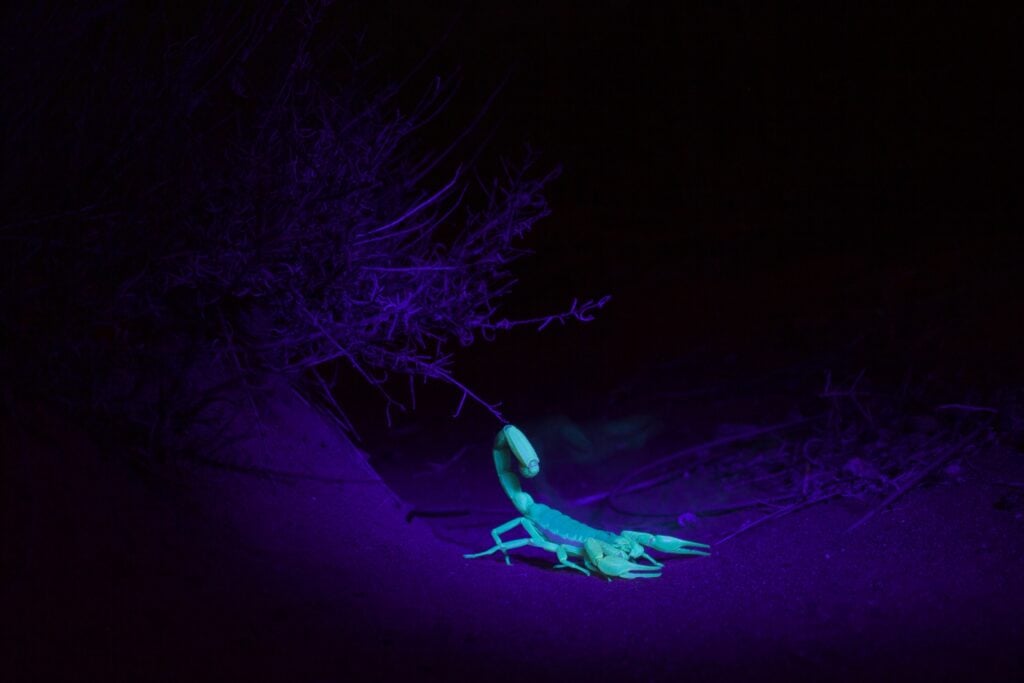
Colors offer more than just visual appeal. They can greatly influence the world around us, shaping our emotions, perception, and even guiding scientific discovery. In many cases, colors reveal hidden truths we might otherwise overlook. Their impact extends to all parts of life, including everything from scientific exploration to symbolic storytelling.
Below are just a few of the many ways colors can help us see the world in a new light.
1. Colors Can Reveal New Perceptions

Colors can evoke a wide range of emotions, which can cause us to alter our perceptions. In some cases, colors subtly change our moods, such as when a blue space makes someone feel relaxed and a room with red walls energizes them. Colors are often used strategically in interior design, products, and advertisements for this reason.
Yet, colors can shift more than our emotions. They can alter other perceptions, such as temperature, time, taste, weight, and even sound. For example, we can make assumptions about how food will taste based on the color, and those ideas can influence how it actually tastes to us. If we’re surrounded by warm or cool colors, the space we’re in may feel hotter or colder than it actually is. Activities may also seem to pass by faster or slower, depending on the colors we’re surrounded by.
Our brains are constantly using colors to help us perceive the world, so the colors around us may uncover new feelings and ideas without us even realizing it.
2. Stories Use Color to Express Symbolism

Books, folklore, and other literary works frequently use symbolism and recurring motifs to convey meaning. Colors can play a significant role in this, as they can represent specific objects and emotions. One popular example is The Great Gatsby, which uses the color green to convey unreachable dreams and Gatsby’s obsessive pursuit of an idealized future with Daisy, symbolized through wealth and status. Another popular example is The Scarlet Letter, where red is a symbol of lust, passion, and sin. It’s why the famous “A” in the book is made of red fabric.
Sometimes, color symbolism is overlooked when people read books. However, by closely analyzing the details, colors can add more layers to the story, helping readers understand its messages even better. High school English classes commonly discuss the symbolic meaning of colors in books when reading the classics.
3. Art Uses Color to Convey Emotion and Meaning

Writing isn’t the only creative outlet that uses colors to convey deeper ideas. Art relies on colors to express meaning. While some art pieces might use colors solely for aesthetic, many artists strategically choose colors to alter the meaning and/or emotions associated with the art.
An obvious example is Pablo Picasso’s Blue Period, during which he exclusively painted in shades of blue for a few years, representing despair and melancholy. After that, he had his Rose Period, which featured more vibrant colors, such as red, to convey uplifting scenes. Georgia O’Keeffe is a famous artist who used lots of bold colors in her work, including both warm and cool tones. The colors were used to guide the viewer’s eyes in a certain direction while also evoking strong emotions.
Taking the time to study art pieces can sometimes give them entirely new meanings. Art often has something to say, and colors can help us understand that better.
4. Movies Use Color to Shape Mood and Story

Like books and art, movies also use colors to add to the story. Focusing on specific colors can alter the mood of a scene, which intensifies the movie’s story and message. For example, some movies are shot in black and white to create an eerie atmosphere, such as The Corpse Bride, which is predominantly black and white, except for hints of blue when the living world is portrayed. Other movies focus on specific color schemes, such as The Matrix, which uses green to symbolize digital code, and The Grand Budapest Hotel, which uses pink to create a soothing atmosphere.
When watching a movie for the first time, you might not notice these unique color schemes. However, the colors can still influence how you perceive the movie because of the emotions they evoke. So when you rewatch a movie, try focusing on the colors to better understand what they’re trying to convey.
5. Special Lighting Can Reveal Hidden Materials
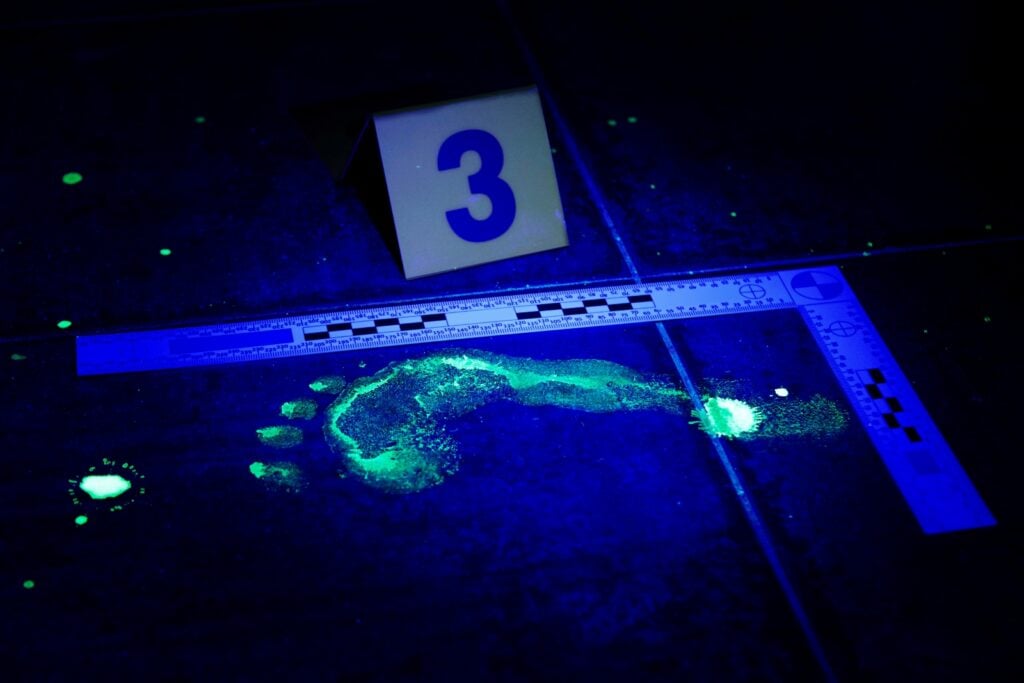
Colors reveal more than emotions and symbolism. In science, they’re often used to uncover information that’s otherwise hidden from view. Certain types of light, specifically ultraviolet and infrared, can reveal details invisible to the naked eye. By shining these lights onto objects, scientists can detect things the human eye alone cannot perceive.
For example, these lights can aid in forensics by revealing fingerprints, blood, and other bodily fluids. Without these lights, these important aspects of a case might go unnoticed, making it hard or even impossible to solve. Ultraviolet and infrared lights are also effective in making items such as forged documents, counterfeit currency, tampered with items, gunshot residue, and tattoos more visible.
Ultraviolet wavelengths are shorter than visible light wavelengths, while infrared wavelengths are longer. Materials absorb and reflect this light differently than visible light, which is why it can reveal things we would never notice otherwise.
6. Color-Changing Tests Help Identify Materials
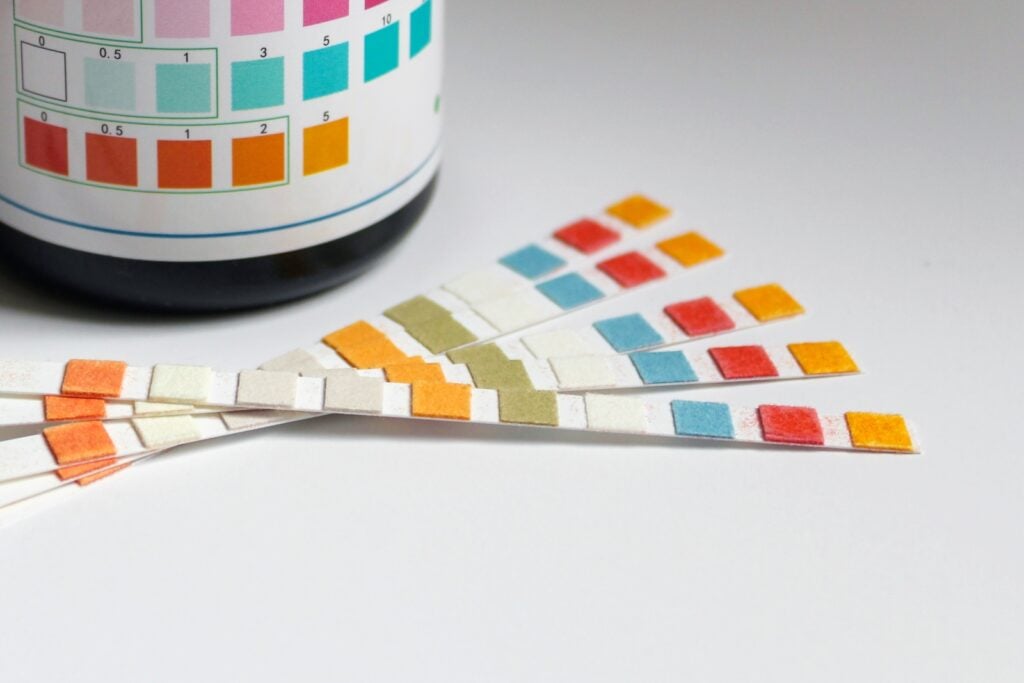
Some tests use colors to give results. A common example is test kits for pH, acidity, and alkalinity, such as those used to test aquarium water. When you use a water test strip, parts of the strip may change colors based on how the components interact with it. After following the instructions on a test like this, you can compare the colors on the test strip to the guide that tells you what the colors mean.
Of course, you can’t tell things like pH just by looking at something, so seeing the colors change in these tests can help people get a better understanding of the substances involved. If the factors are outside of the acceptable range, you can address that, but without these color-coded tests, you might not notice the abnormalities at all.
Water test strips aren’t the only example of this. Some tests involve adding a substance to water to see if a color appears. Color spot tests employ a similar process to determine if specific drugs are present. Depending on what color the liquid turns, researchers can learn more about its contents. Color is a popular way to test different factors because it’s easy to compare the colors to a chart by putting them next to each other.
7. Thermal Imaging Reveals Temperature Through Color

Thermal imaging is a process that creates pictures showing the heat of a person or object. A sensor converts radiation into an image that displays a range of colors, each indicating a different temperature. Science museums often have an area like this where you can see a thermal image of your body. Warm colors, such as red and orange, typically indicate the hottest areas, while cool colors, like blue and green, indicate the coldest.
These colorful images can be used for a variety of purposes. They can detect overheating in mechanical components, locate poor insulation in a structure, identify certain medical conditions, and locate humans and animals in emergencies, such as fires. While these images may look impressive, they can also save lives by providing new information that would otherwise be invisible to us.
8. Mood Rings Use Color to Reflect Emotion
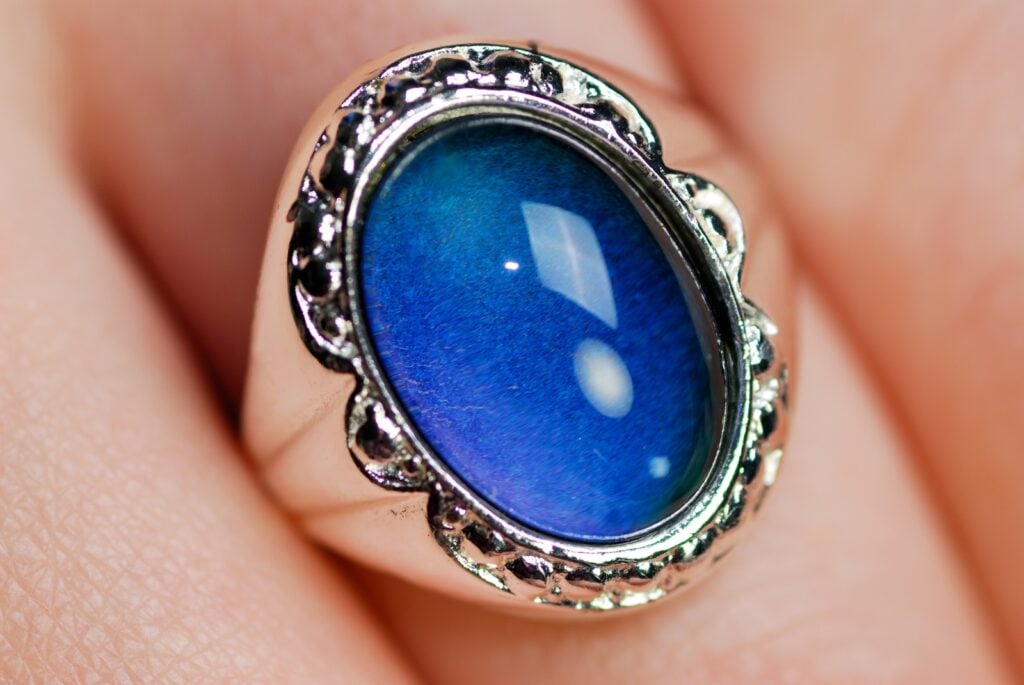
Mood rings appeared in the 1970s, and people have found them fascinating over the years. They’re designed to change colors based on your mood, and they usually come with a chart to help you determine how you’re feeling. While most people agree that mood rings, mood necklaces, and similar jewelry aren’t always accurate, there may still be some truth to the idea behind them.
This unique jewelry contains a liquid that changes color based on the person’s body temperature. Certain body temperatures can sometimes be associated with specific emotions, which is how the color chart for mood jewelry came to be. While mood rings can give you some indication of your mood, there are numerous external factors that can influence the results. If the outside temperature is really hot or cold, that can alter the ring’s color, making the color change unrelated to your mood. Even so, they’re still a fun way to guess how someone feels.
9. Analyzing Dream Colors Helps You Understand Their Meaning
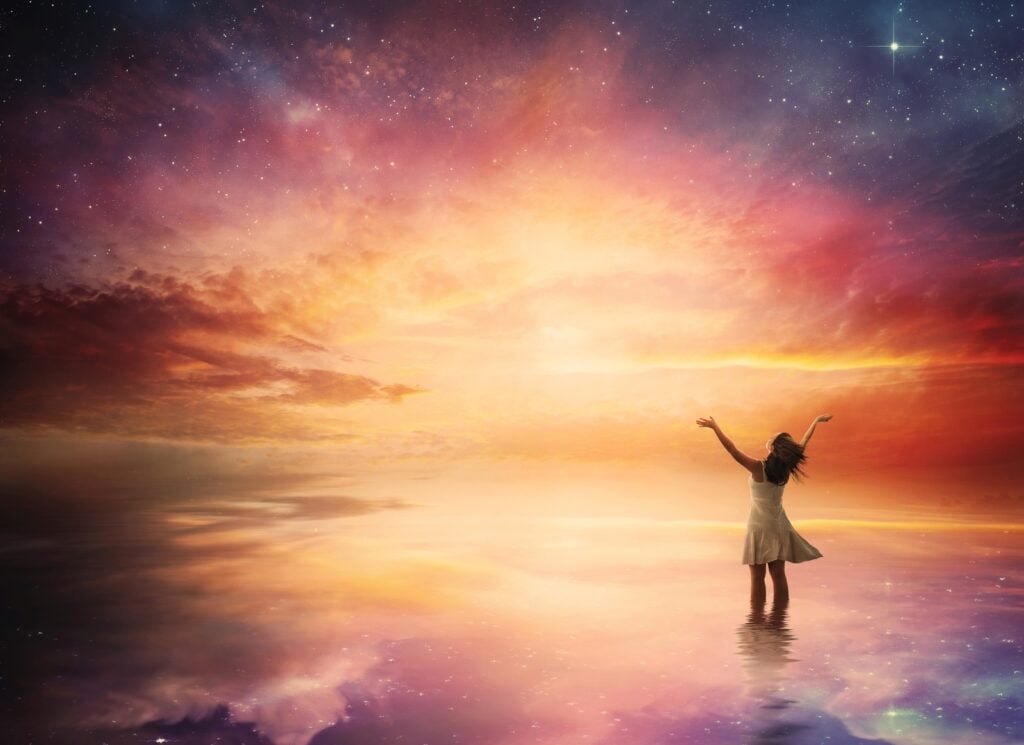
When we dream, crazy scenarios pop into our heads. Oftentimes, we wake up confused, wondering why we dreamed about such strange things. Analyzing your dreams can sometimes reveal interesting insights into your life, including the colors that appear in them.
Overall, dreams with bright, vibrant colors usually have positive meanings, such as joy, safety, and hopefulness. Dreams with dark colors often relate to negative emotions, such as fear, depression, and envy. Each color has its own unique meaning in dreams as well. For instance, depending on context, red can represent aggression or passion, and green can represent new beginnings or wealth. Think about the colors that appear most in your dreams and consider their common meanings to see if you can learn what they’re trying to say. Doing so can help you learn more about yourself and gain a deeper understanding of your emotions.







